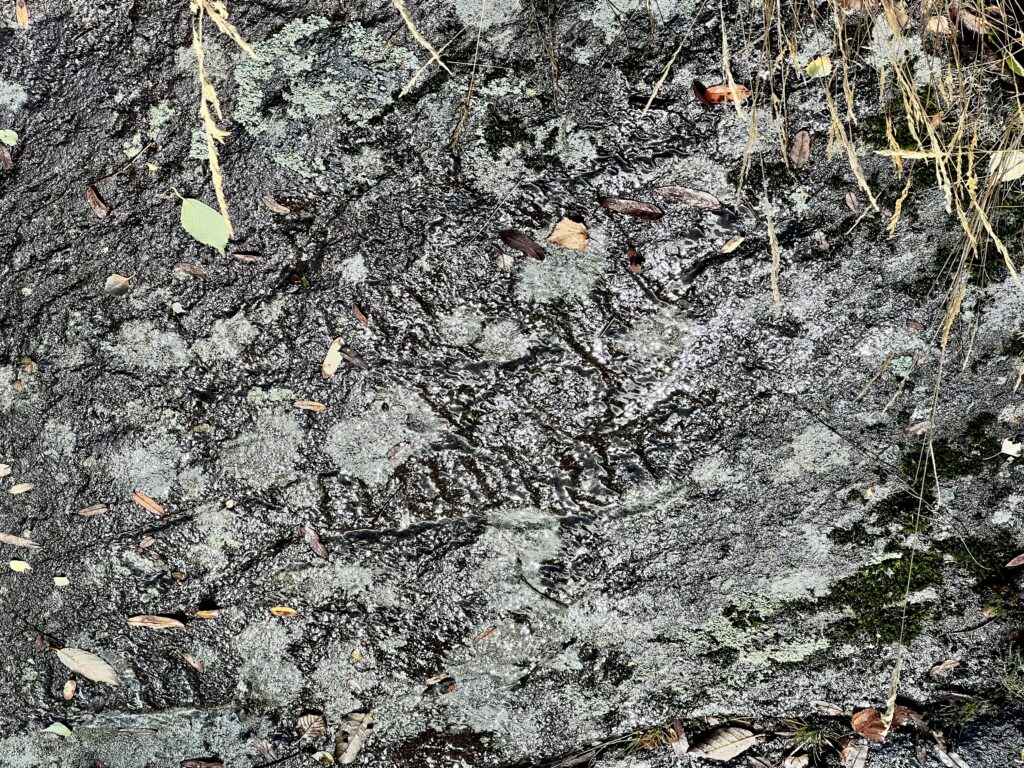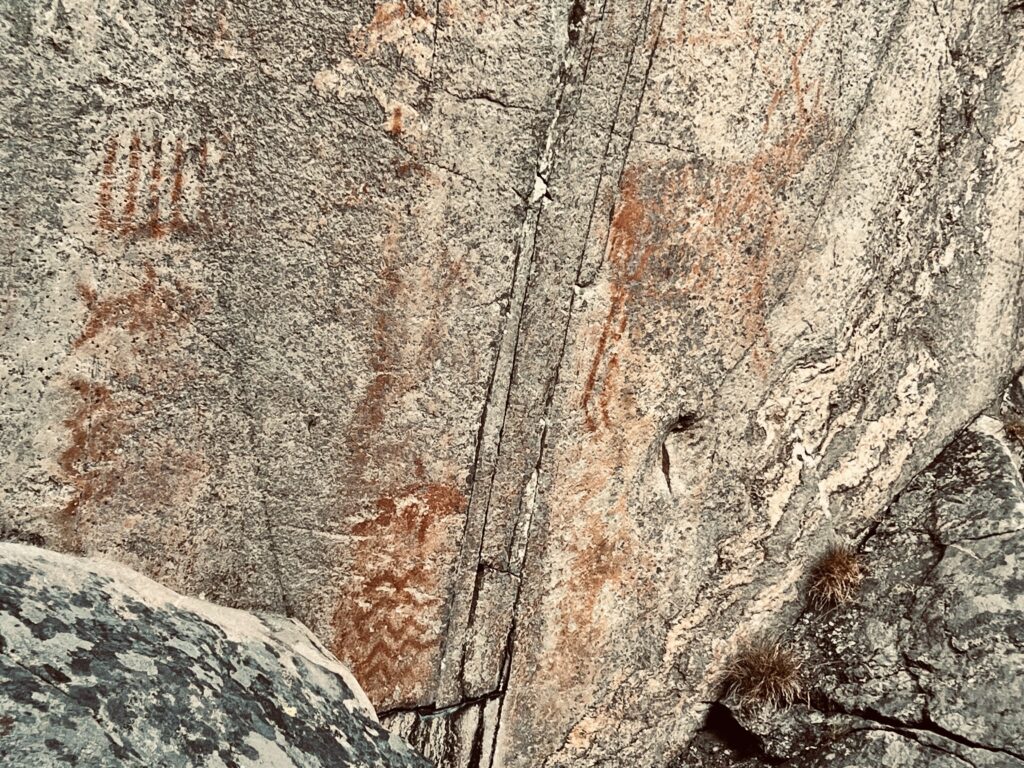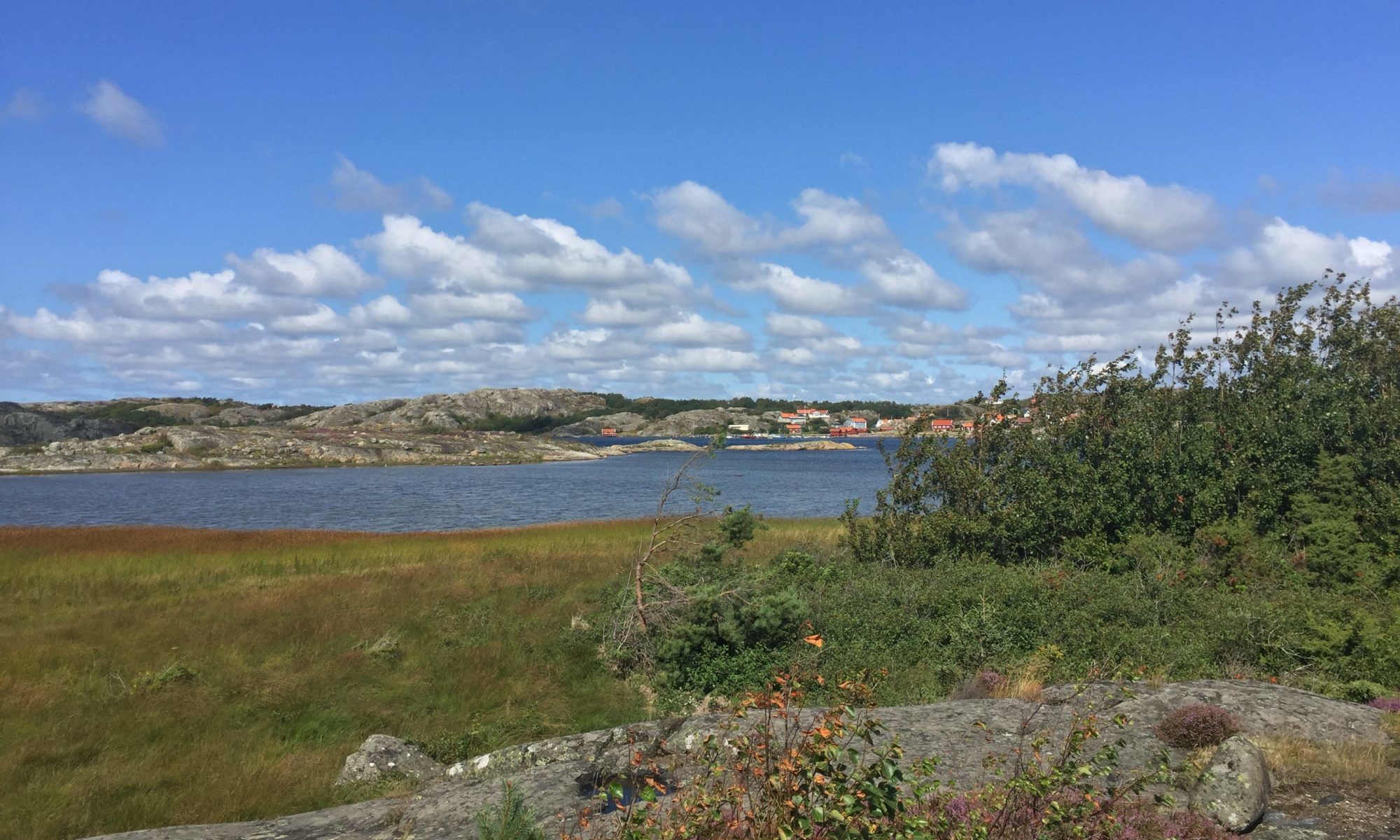I promised you the other day that I’d showcase some of my personal favorites in this versatile city. While celebrating its Quadricentennial this year, Gothenburg has a history spanning back thousands of years.
First things first: GAII
June 4, 1621, is an important date in our city’s history, as its fourth incarnation is founded by king Gustav II Adolf. Having long served as a bridgehead into the North Sea, as all lands north and south of our city were either Danish or Norwegian, each previous attempt at founding a city was destroyed by Danish forces (who at the time also ruled Norway.) This is why we only celebrate our Quadricentennial this year, late again.
You need to know about the Ice Age
About ten-thousand years ago, the ice retreated from Sweden’s West Coast, allowing for people to migrate north. And they did. All around Gothenburg, burial mounds, stone ships, cairns, stone carvings, and even paintings bear witness to an age largely forgotten by history. Here are but a couple of examples from ancient Gothenburg to show you:
Rock carvings on Hising Island
These are difficult to find, but no less impressive once you stand there, witnessing the work of art from people thousands of years ago.

These carvings, boats, and bowl pits bear witness to a time when the ocean shore was located in a very different place and while we know little about that time or why people carved into the rock, to be able to be in such physical proximity to our ancestors’ works of art is exhilarating
One of the country’s most impressive rock paintings
A few miles further north, on a cliff, someone (or several) artists painted animals, fish, and other symbols right above the seashore. They aren’t easy to get to but most impressive to see in person.

The islands tell the story of changing civilizations
In Gothenburg’s archipelago, there are many signs of how civilization changed over the millennia along with the changing coastline, as the land rises from the ocean after the literal weight of the ice had been lifted. Here you can visit where the first summer guests arrived some six-thousand years ago, bronze age burial sites, all the way to the medieval times where fishing created a short but vital period of wealth. While on the island of Styrsö, why not learn about how these past few centuries have seen a radical change in the island’s topography and appearance. That, however, is a different story.
There is so much more…
There are hundreds of sites to visit in ancient Gothenburg, and while this is not for everybody, if you love to see things that most tours don’t even mention, let me know. I’d be more than happy to take you to places most guides aren’t even aware of.
Welcome to ancient Gothenburg!

